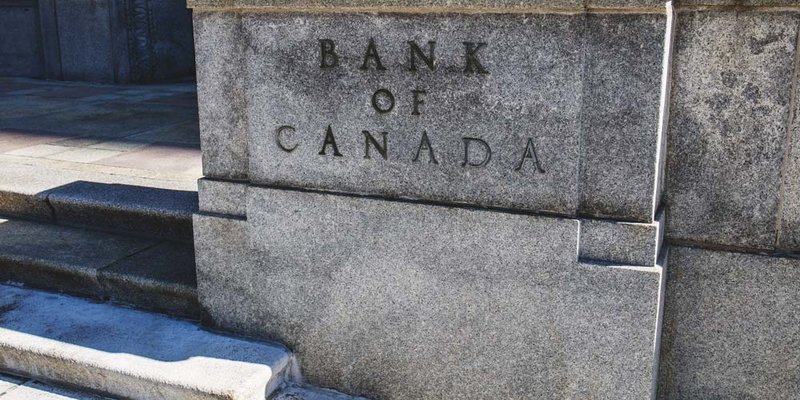
If you are not redirected within 30 seconds, please click here to continue.
Samedi: 10h – 16h HAE

If you are not redirected within 30 seconds, please click here to continue.
If you are not redirected within 30 seconds, please click here to continue.
Bank Of Canada Rate Bias: Why It Matters

The overnight lending rate is arguably the most important interest rate in the country. It sets the prime rate for banks and the tone for Canada’s economic health. A dramatic shift in this key lending rate can indicate the economy is in trouble or in need of immediate repair.
In its last interest rate announcement on May 29, the Bank of Canada said it’s maintaining the key interest rate at 1%, where it’s been since September 2010. In the history of Canada’s central bank, the rate has never remained unchanged at such a low level for so long.
Understanding Interest Rate Bias
When there is no movement in the overnight interest rate, newsmakers and economists turn to the “bias” in the Bank of Canada announcement for economic indicators. This hints at where the Bank sees rates going in the short to medium-term future. The anticipation surrounding this bias is capable of moving the market, as the possibility of shifting rates spur investors into action.
The bias can be as obvious as the Bank of Canada governor saying he expects rates to rise in the next few months, which the outgoing BoC governor Mark Carney had often indicated. It can also be as subtle as saying the BoC is watching economic crises around the world to guide future rate announcements.
How Current Bias Is Interpreted
In many cases, the interest rate announcement is followed by several journalists (like yours truly), who are left to interpret what the BoC Governor is indicating about future rates. Currently, it's obvious that Carney would like his replacement - Stephen Poloz - to remain consistent with his bias, which is to raise rates eventually in the near future as the economy improves. But with the lack of having a crystal ball to see the future, it can be hard to tell what the BoC is really going to do. That can leave investors, lenders and borrower scratching their heads as to what their next move should be.
The Role Of The Media In Economic Bias
As mentioned, the media plays a pivotal role in interpreting the BoC bias within the interest rate announcement. This has the biggest effect on everyday Canadians who pick up a daily paper or listen to the evening news, and are bombarded by messages of where interest rates are headed.
In some cases, the message from the BoC can be misinterpreted. Saying rates will rise when the economy improves could garner a headline that says “Canada’s economy not strong enough for a rate hike,” which can create panic among homeowners and those shopping for a mortgage. Meanwhile, a hint that rates will rise soon can have evening news announcers saying something like, "interest rates poised to rise as the Canadian economy improves," which gives false hope to investors and anyone else worried about Canada's economy.
Why This Bias Matters
Like most things in the world of finance, it's more important to predict where things are going rather than knowing where they have been. Homeowners wanting to renew their mortgage or shop for a new one will listen to the announcement to get a hint if now is the right time to borrow or if they should wait to see if rates go lower. Economists and analysis are also more interested in the bias than in the fact because that's how they can set their forecast of where rates are going, where the market is headed and how the economy will do in the months ahead.
What’s Next?
The next Bank of Canada rate announcement is July 17th. This will be the first time it will be made by the new Bank of Canada Governor Stephen Poloz. This makes this event even more interesting to see if he will follow the same bias as of outgoing going Governor Carney or if he will hint that things are now going to move in a different direction.
Get money-saving tips in your inbox.
Stay on top of personal finance tips from our money experts!










